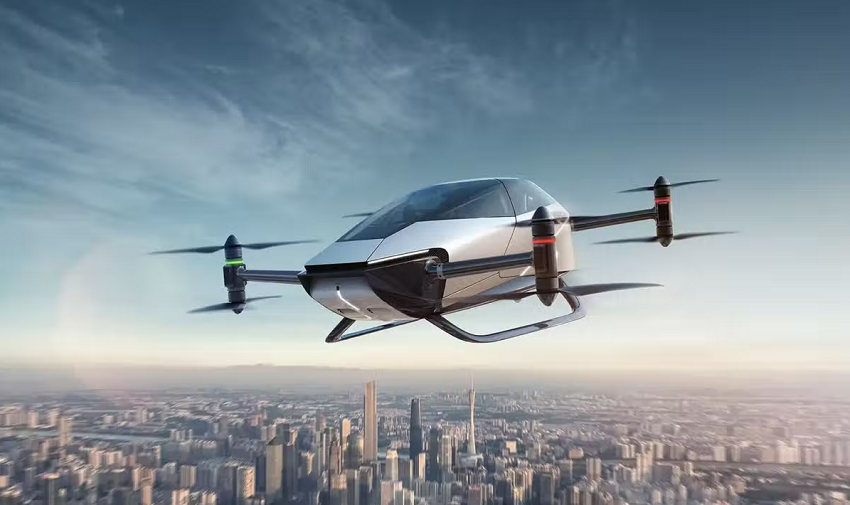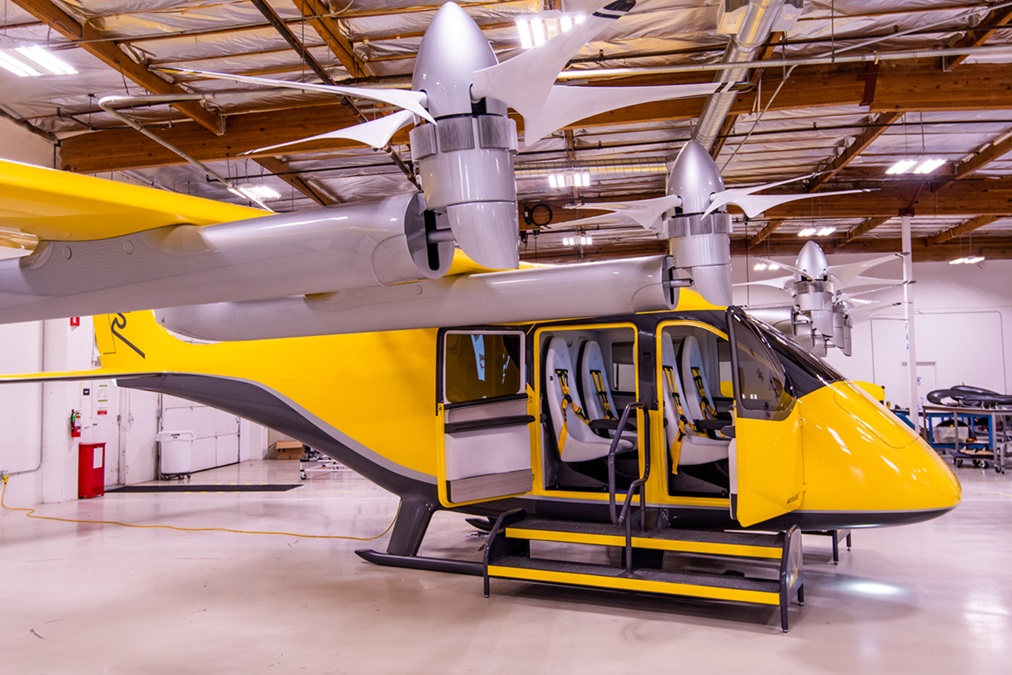In a landmark development for urban air mobility, Chinese company EHang Holdings has received official approval to operate its pilotless air taxis for commercial passenger services. The Civil Aviation Administration of China (CAAC) granted Operator Certificates to EHang’s subsidiaries, Guangdong EHang General Aviation and Hefei HeYi Aviation, allowing the company to offer paid flights in its autonomous electric vertical takeoff and landing (eVTOL) vehicles.

Pioneering Autonomous Flight
EHang’s EH216-S aircraft is at the forefront of this innovation. Designed to carry two passengers, the EH216-S operates without a pilot, relying on advanced autonomous flight systems. This design aims to reduce human error and enhance safety in urban air travel. The aircraft is intended for short-distance flights, such as urban sightseeing tours, providing a novel and efficient mode of transportation.
Strategic Expansion and Demonstrations
EHang has been actively expanding its operations and demonstrating the capabilities of its pilotless air taxis globally. Notably, the EH216-S conducted a successful flight in Benidorm, Spain, as part of the European Union’s U-Space European Common Deployment project coordinated by Eurocontrol. This initiative showcased the potential of unmanned electric aerial vehicles in urban environments.
In addition to international demonstrations, EHang has established urban air mobility hubs in China, such as the one at Luogang Central Park in Hefei, Anhui Province. These hubs serve as critical infrastructure for the operation and integration of pilotless eVTOLs into urban transportation networks.

Future Prospects and Challenges
The approval to carry paying passengers marks a significant milestone in the commercialisation of autonomous air taxis. It reflects growing confidence in the safety and reliability of pilotless eVTOL technology. However, challenges remain, including public acceptance, regulatory harmonisation across different regions, and the development of air traffic management systems to accommodate increased low-altitude air traffic.
As EHang and other companies continue to advance their technologies and expand operations, the vision of integrating autonomous air taxis into urban transportation ecosystems becomes increasingly tangible. This progress promises to revolutionise urban mobility, offering efficient, sustainable, and innovative transportation solutions for the future.

